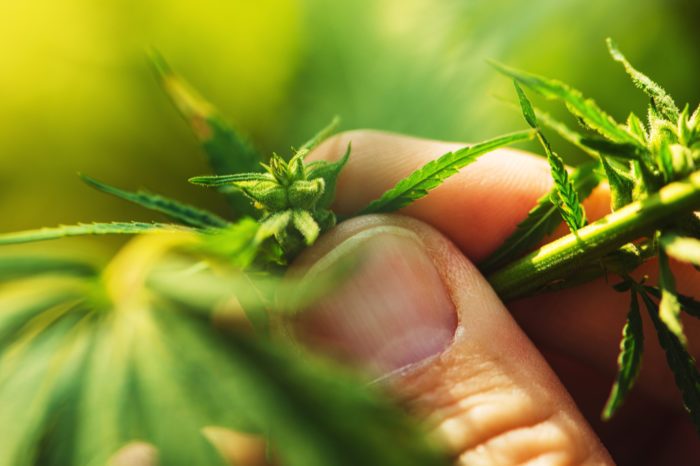President calls for nationwide ban on flavored e-cigarettes due to recent deaths and illnesses.
Editor’s note: Citing the prevention of job losses, Trump has since refused to carry out the Flavored-Vape Ban. Check this article for updates on its possible reinstatement.
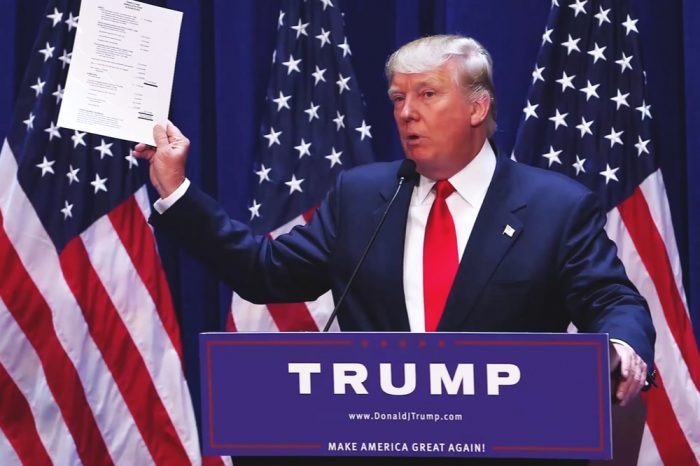
How The Vaping Ban Came About
What Is Vape Oil and Vaping?
Where vapes differ is in the product you are aerosolizing. Certain devices only allow you to inhale the taste of an aerosolizing product. These devices are used to help with cigarette addiction or to compete in vape competitions. Other devices include nicotine or cannabis where the vape liquid contains either nicotine or a cannabinoid for aerosolizing and inhalation

Cause of “Vape Lung” Still Unknown
Diacetyl – Cause of Popcorn Lung – Under Suspicion
A 2008 study, investigated this lung disease and their fears were realized. Rodent models displayed adverse effects after inhaling the chemical and the study concluded that diacetyl demonstrates dangerous effects and may be a respiratory hazard.
Is Lipoid Pneumonia Behind Some of These Deaths?
Lipoid pneumonia is a rare condition that occurs when particles of fat enter the lungs. And guess what? Doctors very recently identified a previously unrecognized characteristic of vaping-related respiratory illness: Fatty cells in the lungs of those affected. A pattern emerged across the U.S. in recent months, the lungs of patients with the mystery vaping illness appear to have large immune cells. These cells contained numerous oily droplets, called lipid-laden macrophages.
The findings of a September 2019 study at the University of Utah Health may help doctors to facilitate and expedite a definitive diagnosis. This in turn would speed up the process of finding the right treatment path. It could also help in revealing what this mysterious condition is and how it is killing people.
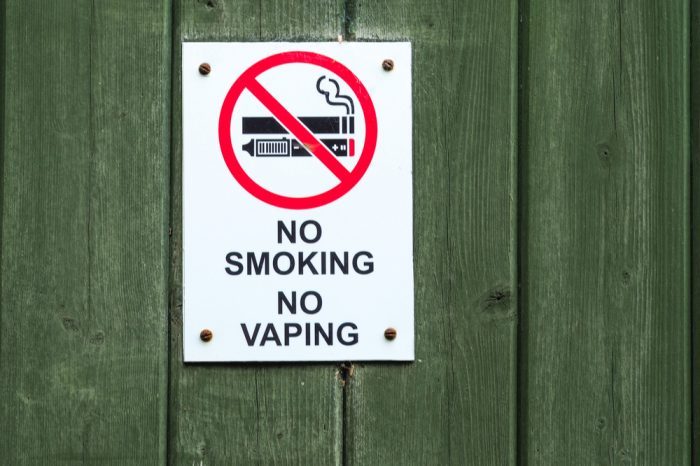
A Bad Case of Deja Vu
Predictably, just like the days of “big tobacco” the companies profiting from the sales of these vape oils are playing dumb. The FDA says one such company — U.S. vape giant Juul — was very recently claiming that their vaporizers are “totally safe” and a “safer alternative to smoking cigarettes.” Of course this statement by California-based Juul was unauthorized, according to the FDA.
The FDA has since issued a warning to Juul about marketing its products to kids. The safety of children and teens appears to be the driving force behind the ban. First lady Melania Trump took to twitter two days prior to the ban to express her concern about the deaths linked to vape oil consumption. This view was mirrored by President Trump who told reporters Wednesday that strong rules would be implemented to protect “innocent children” including his only child with the first lady, youngest son Barron who is thirteen.
What Now? Is Ban the Dawn of a New Vaping Black Market?
So what does the future hold for vape oil devices in the U.S. and in Canada? A public health professor warns that an e-cigarette ban in Canada may create a black market for the product. David Hammond, a University of Waterloo professor believes stricter regulations are a smarter alternative to an outright ban. This strategy, in his opinion, will better curb the surge in popularity of vaping among youth.
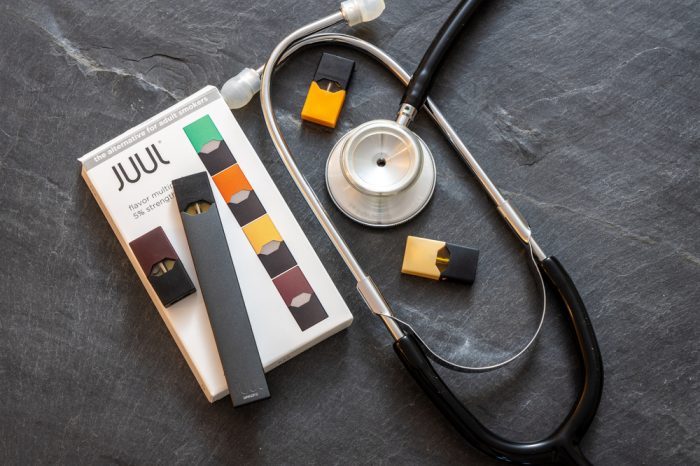
“We can’t wish them away, to the extent that we have many, many Canadians using these products. I don’t think pushing those folks outside the legal market makes sense,” said Hammond who is currently researching chronic diseases linked to vaping. “But, there is a lot to be done in terms of how easy it is to access these products,” Hammond concluded. Vaping advocates in Michigan — the first U.S. state to ban vape oil devices — also argue that a ban would only create an unwanted black market for vape-related products.
So Is Vaping Cannabis Okay?
With all the potential dangers around vaping, what does that mean for cannabis consumers wanting to vape cannabinoids like THC or CBD? Well, for starters it looks like vaping THC cannabis cartridges is out. The vape oil cartridges appear to be one of the main suspects at this time.
Using a traditional vaporizer over a vape pen is now key to the safety of one’s vaping. By now we all know that smoking cannabis releases more cannabis-based toxins than traditionally vaping dry cannabis. However liquid-filled pens can introduce even more dangerous toxins to a person’s body.
Let’s be clear though, the vape pens being banned in the U.S. aren’t the same as traditional vaporizers.
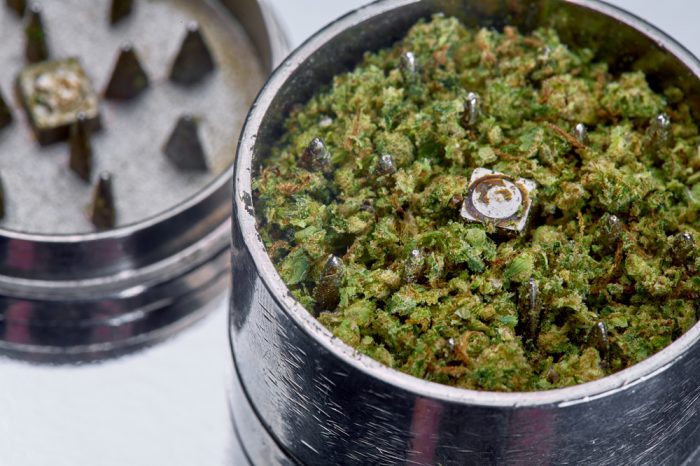
To use a traditional vaporizer, a person puts ground, dried cannabis into the vaporizer’s chamber. The chamber then heats up enough to release the cannabinoids without combustion taking place. Afterwards a brown, brittle, and decarboxylated version of your cannabis remains. With no recorded deaths linked to it, dry flower vaping is safer than the pens according to the stats.
Consumers of cannabis vape oil must now tread very carefully. So until the ban kicks in and transparency is attained steer clear of THC and CBD cartridges (and any other cartridges for that matter). At least until the FDA and the CDC knows what is causing these deaths and illnesses. Also, at all costs avoid vape products with flavorings, such as diacetyl. So what are the alternatives now that vaping is on the brink of a complete ban in the U.S.? Try traditional vaping with dry flower or go a healthy step further and try cannabis oil or edibles.





